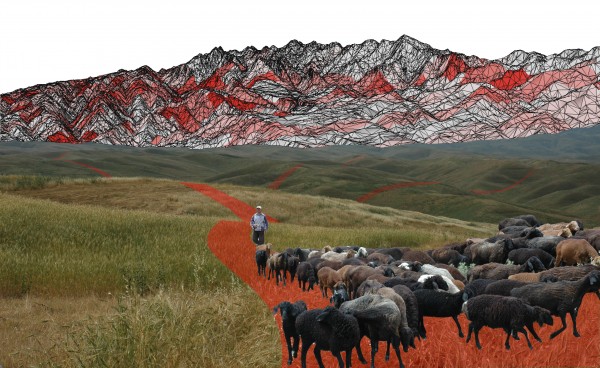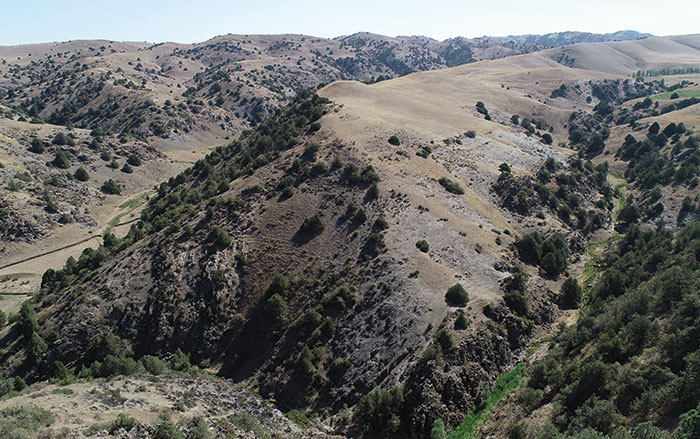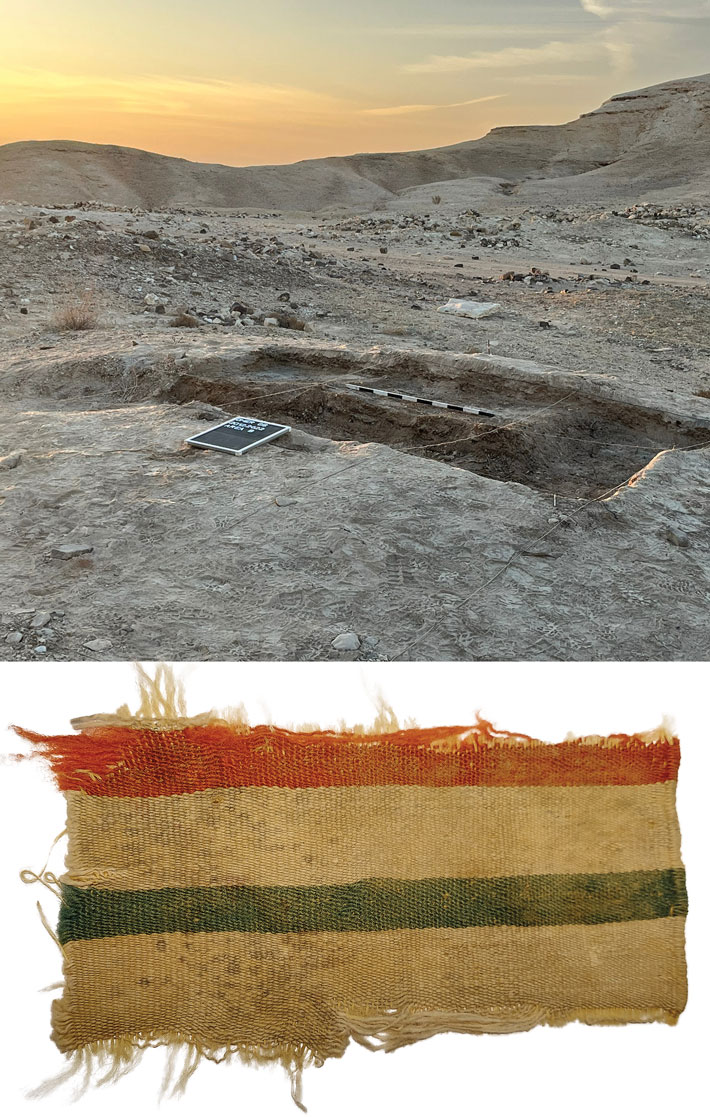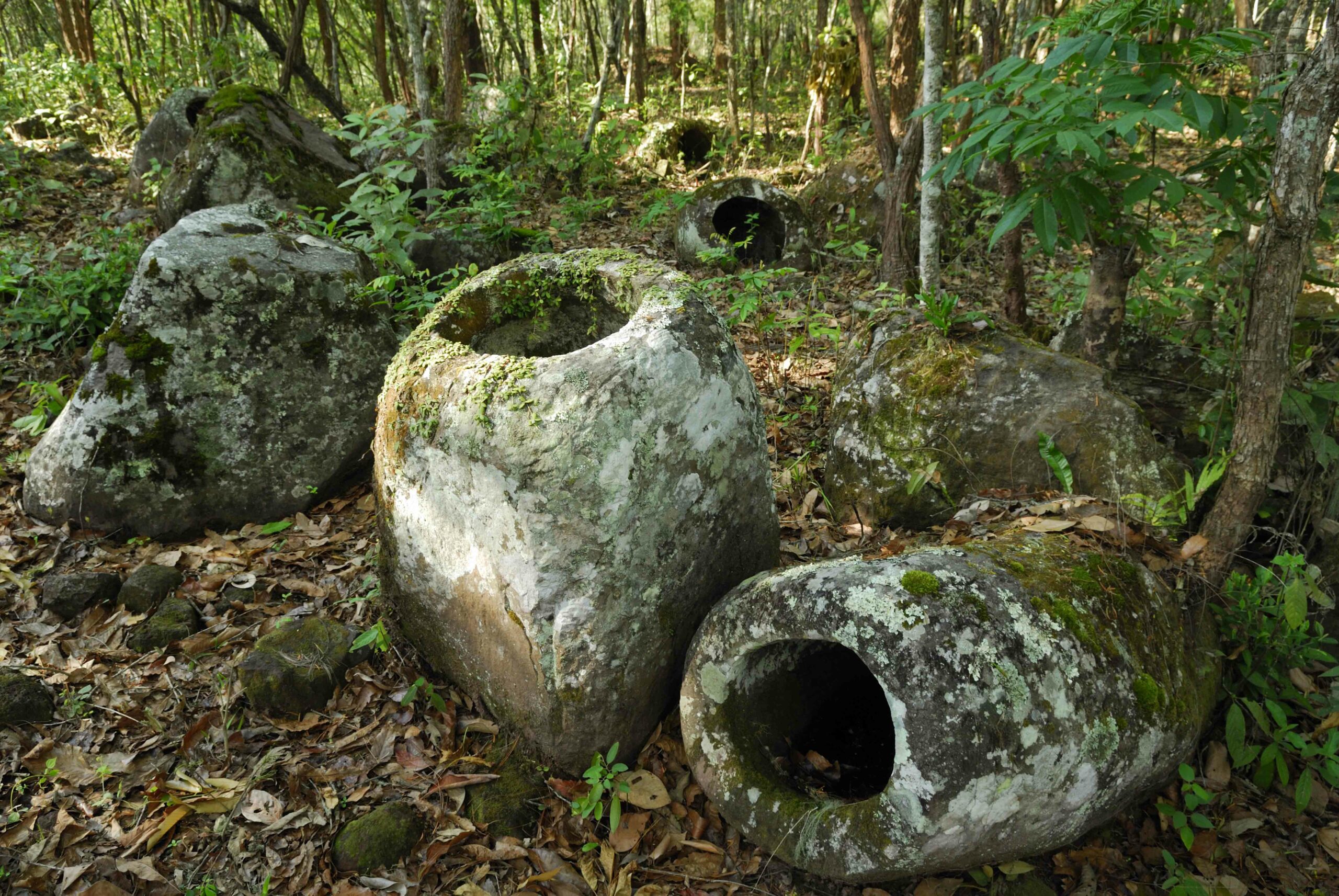
ST. LOUIS, MISSOURI—Science News reports that Michael Frachetti of Washington University and his team created a computer model of possible pathways traveled more than 4,000 years ago by nomadic herders between seasonal mountain pastures and lowland camps in Asia. Information for the model was collected using satellite analysis, geography, archaeology, and Geographic Information Systems. Frachetti suggests that some 2,000 years later, these routes had become Silk Road trade corridors through the mountains. Nomads may have shared their knowledge with lowland farmers, and they may have marked paths with standing stones or other landmarks. “Silk Road highland networks were formed by pastoralists interacting with other groups in a lengthy process that was not a construction project and involved no planning,” he explained. After 500 simulations of possible routes to the best areas of pastureland, Frachetti and his team shaped a cumulative route, which came within a mile or so of 192 of the 258 Silk Road archaeological sites discovered at high altitude. For more, go to “The Price of Tea in China.”











